Fairphone 4 Review: A modular phone for a wasteful world
The latest Fairphone is still the statement fashion piece to show your eco-friendliness, but better performance can be found elsewhere for a cheaper price
-
+
Solid, modular design
-
+
5G connectivity
-
+
Eco-friendly approach to tech
-
-
Poor camera performance
-
-
Bad battery life

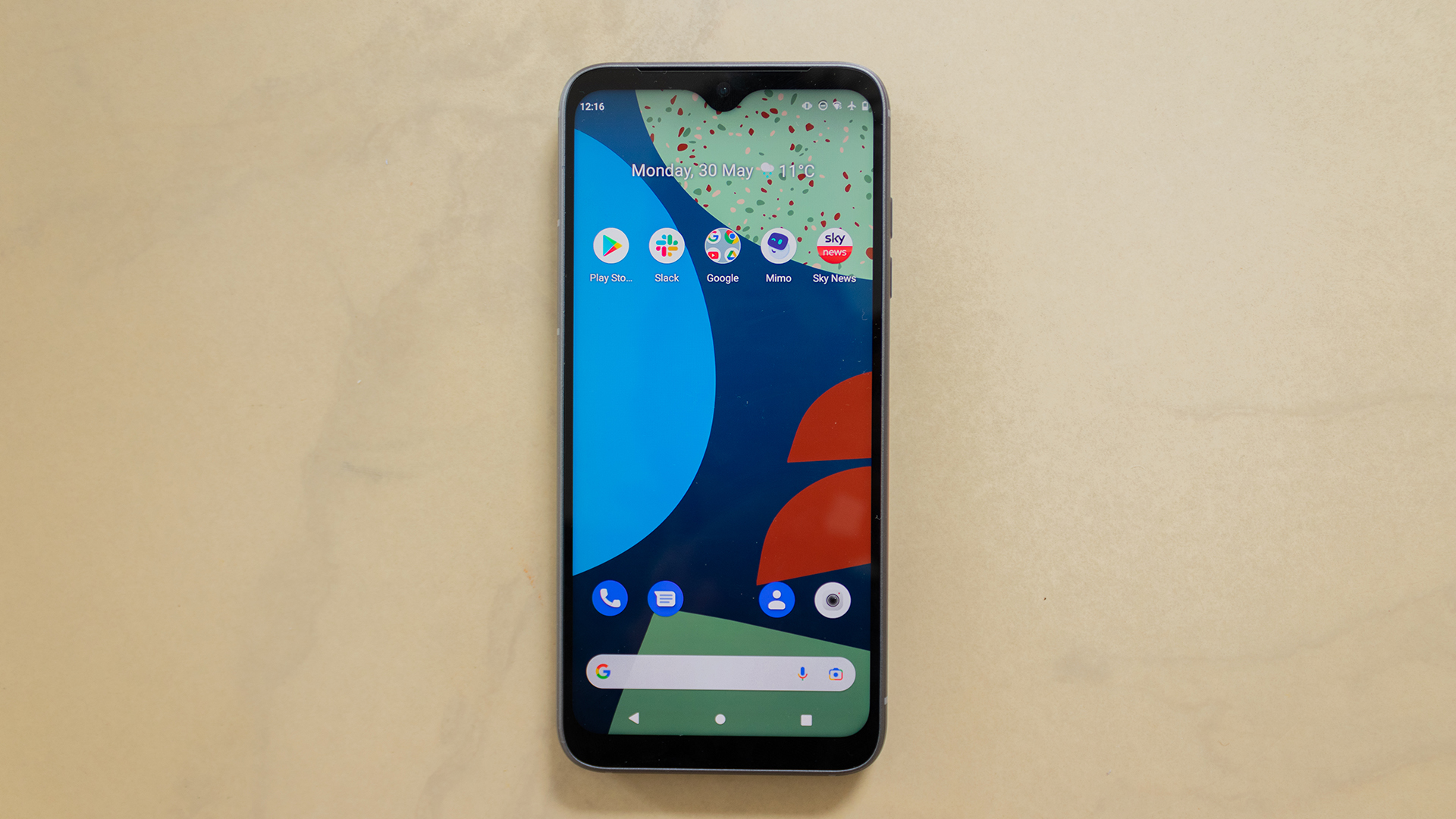
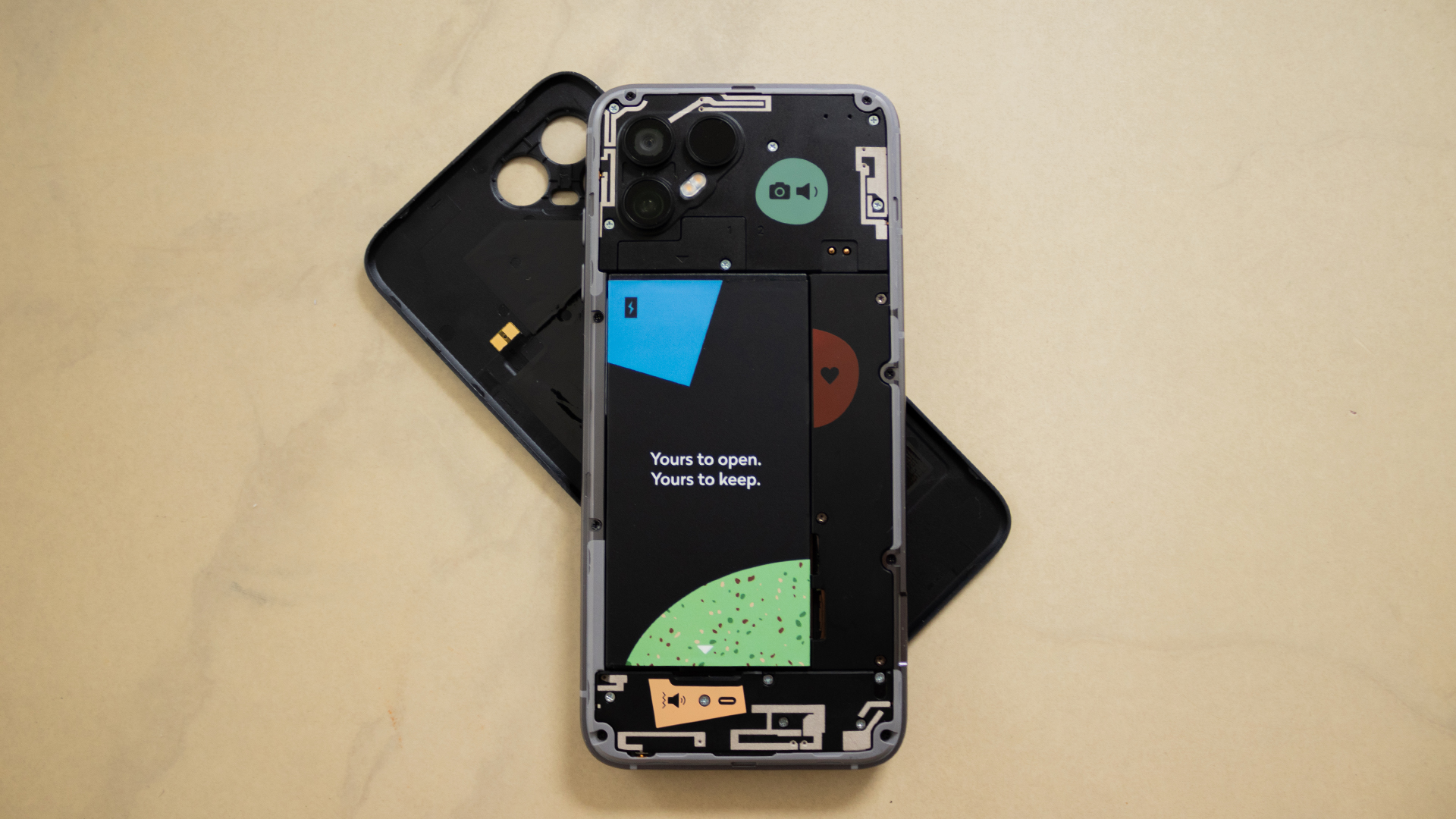
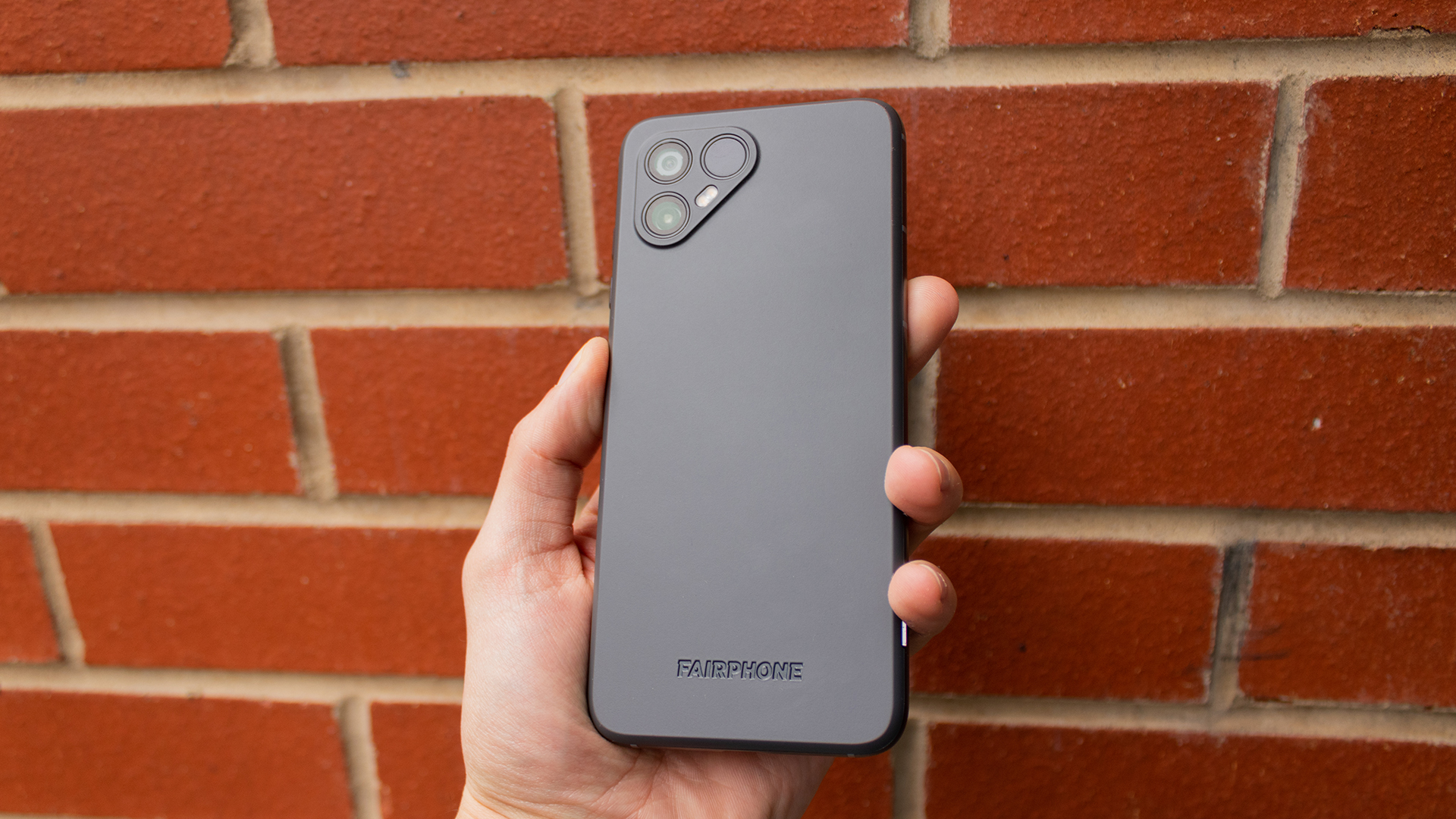
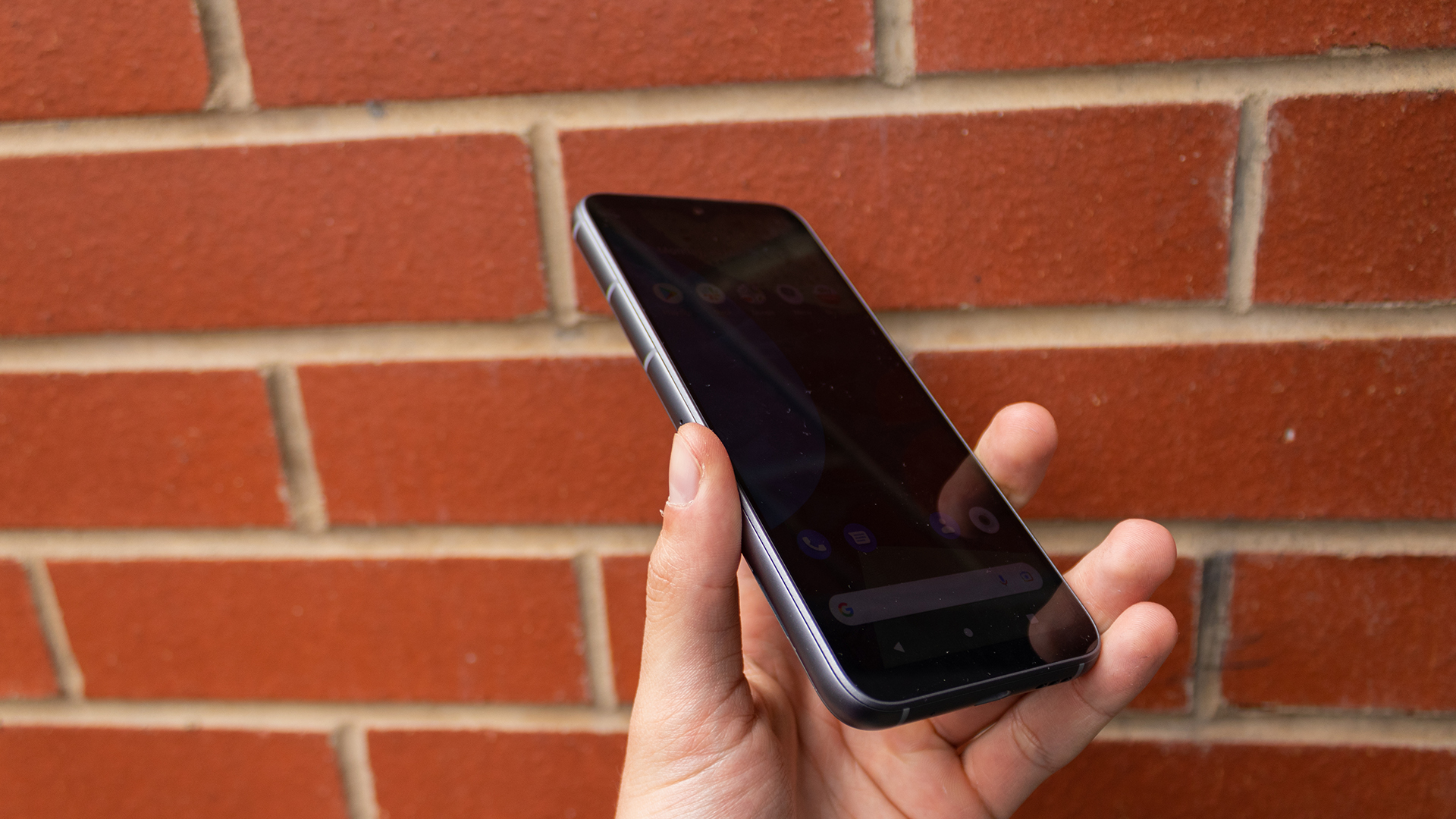
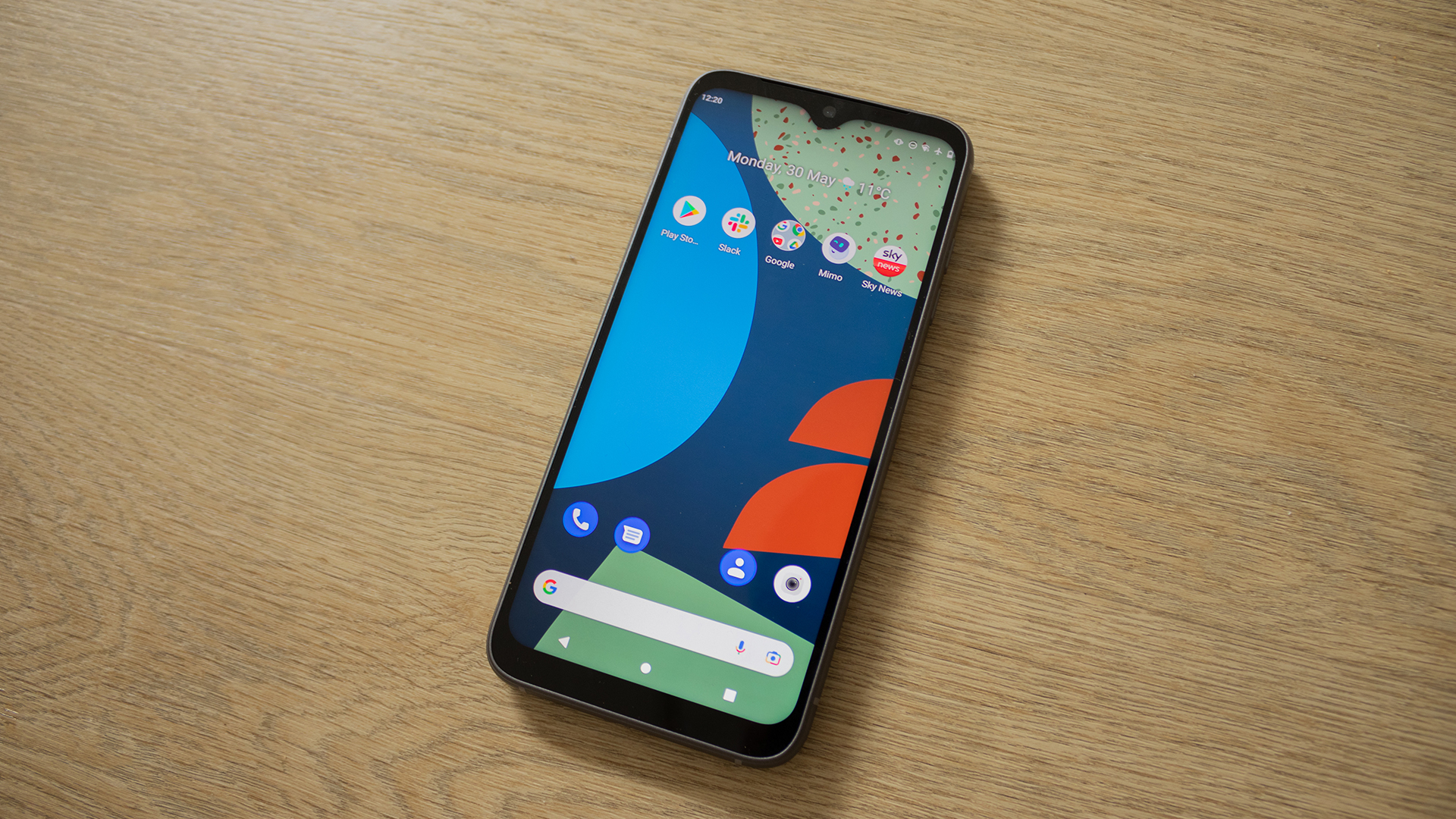
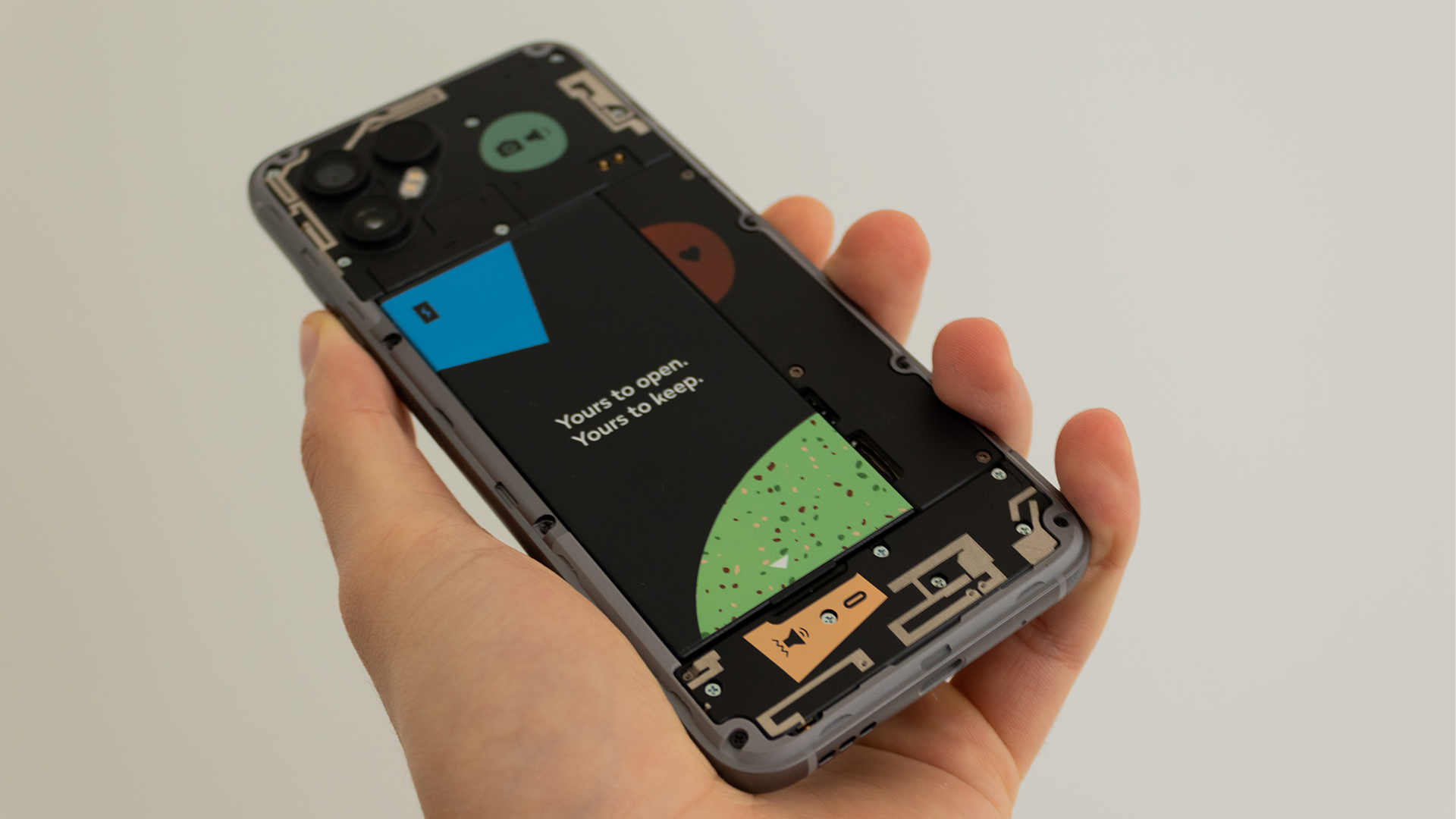
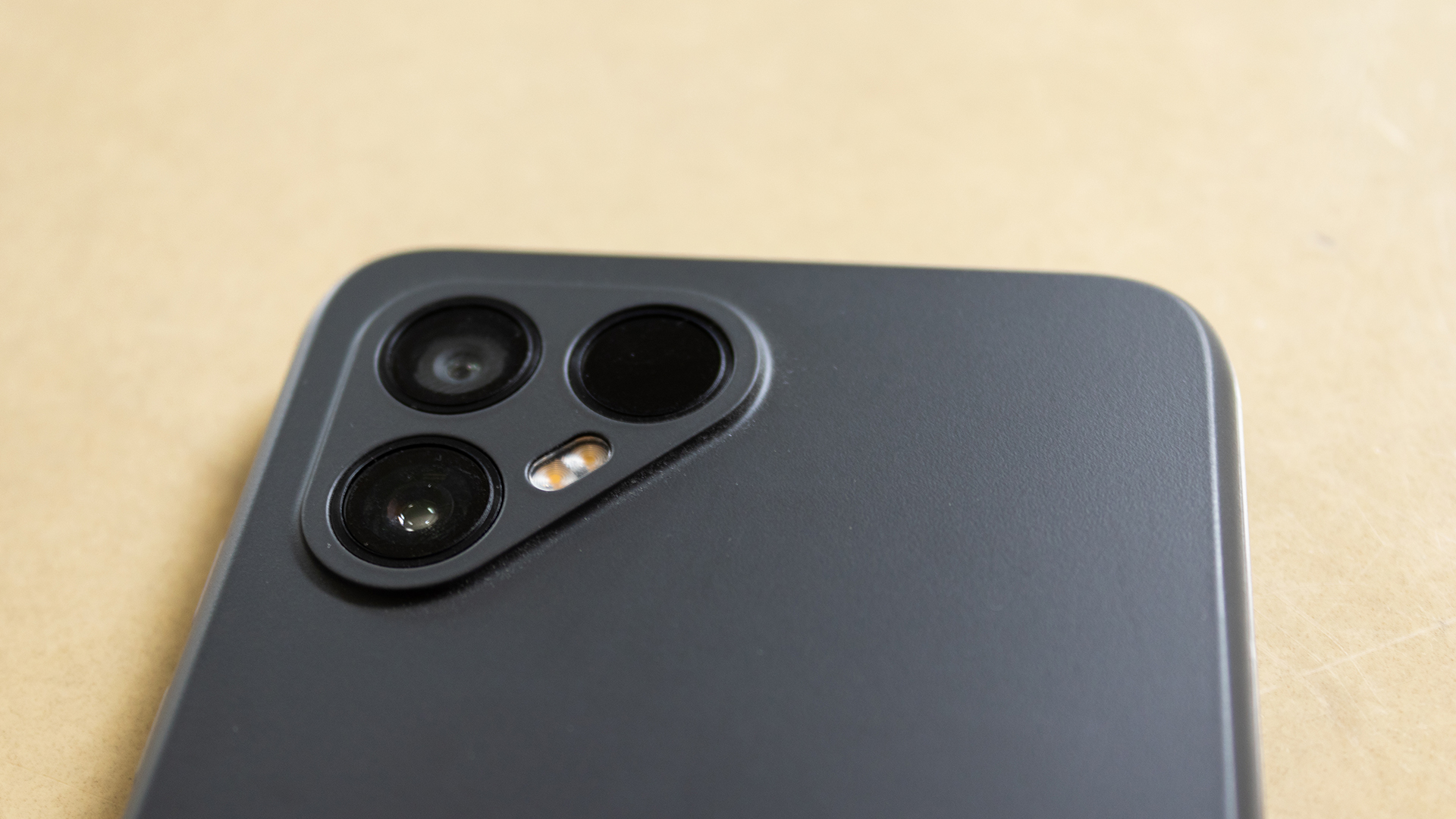
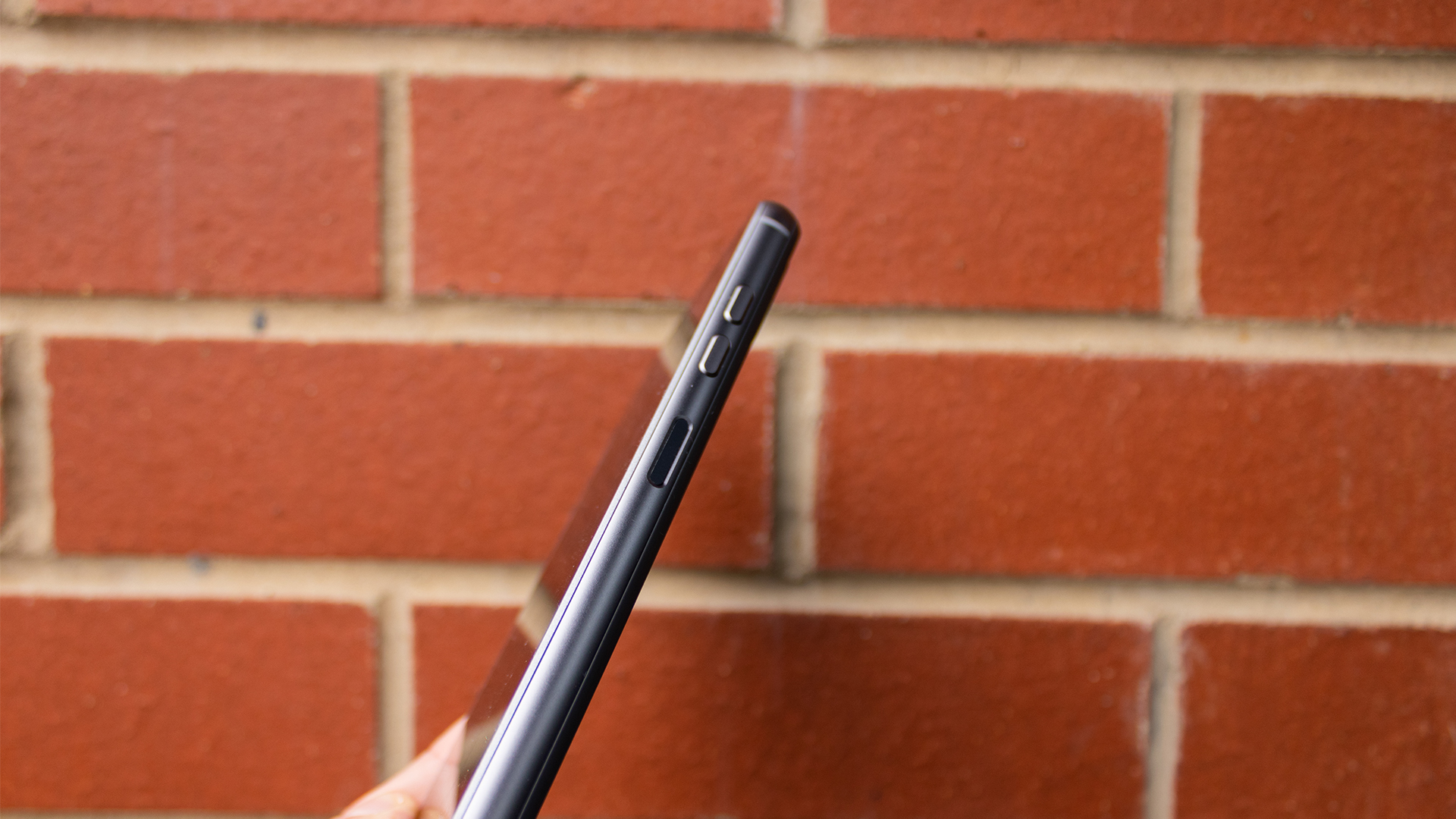
With sustainability running through every corner of what the Fairphone 4 delivers, the eco-friendly company is back with the latest iteration of its planet-conscious line of smartphones. Built entirely from sustainable materials and with a focus on making devices that last, the Fairphone 4 aims to deliver rock-solid mid-range performance that minimises e-waste in the process.
Fairphone really has thought of everything when it comes to building the best eco-friendly phone on the market. From its modular, repairable design to minimise the need for total replacements, to choosing factories that pay a fair wage, the Fairphone 4 seeks to appease the right-to-repair purists, the eco-warriors, and the die-hard tech lover all in one breath.
Fairphone 4 review: Design
The Fairphone 4’s modularity really is one of the standout features on the phone, albeit not a new one. Fairphone proudly says that none of the device’s components are glued in place, making it easy for even a novice to replace components like the battery or display. Achieving a perfect 10/10 score from device teardown specialists iFixit is no mean feat and the company said the Fairphone 4 is “leagues ahead of most other smartphone makers” in this department.
Even though the phone is highly modular in design, the build quality feels solid, straight from the first attempt at prying open the phone’s case. Starting with the back of the phone, the backplate is secured with plastic clips that feel very secure, but don’t make it too difficult to remove either - we were able to get it off without any tools. Under the hood, each component is helpfully labelled with an icon that shows where the sound module is, for example, so you know you’re not pulling out the camera hardware or anything else you don’t need to be meddling with.
Available in three colours - grey, green, and speckled green - the Fairphone 4’s chunky design is symbolic of the compromises inherent to an environmentally friendly way of living. No, it’s not the most beautiful way of doing things, and some sacrifices have been made for the sake of sustainability, but it’s a solid effort and there’s nothing garish about it at all.

Some may even call the design ‘clean’. The colourful yet inoffensive housing options come in a matte plastic which makes for superb grip, and all tactile buttons are placed on the right side of the phone. There’s no getting away from the chunk of the device - it’s really quite girthy and weighty at 225g - but it’s a necessary price to pay for modularity which is ultimately much better for the planet and your pocket.
Fairphone 4 review: Display
The Fairphone 4’s 6.3in IPS display has a resolution of 1080 x 2340, one that’s not too dissimilar to the Google Pixel 6. The full HD+ resolution isn’t as visually striking compared to the better panels of modern times, but is by no means an eyesore. You might argue that you’re not buying the Fairphone 4 for the display, but Google offers a lot more in this department at a similar price, including a vibrant OLED panel and variable refresh rates.
The teardrop notch is an approach that also dates the phone a little, with many manufacturers opting for a hole-punch cutout for the front-facing camera nowadays.
Along with the Fairphone’s lack of modern display components and capabilities, this gives it a somewhat dated feel that isn’t especially redeemed with its maximum brightness score of 488cd/m2.
The display’s colours, on the other hand, were far more impressive. The Fairphone 4’s panel delivered 99.8% on the sRGB colour gamut, an almost perfect score, meaning it can display many different shades of the same colour. Its solid Delta-E score of 0.89 also means the colours appear on the display the way they should, making it a highly colour-accurate display, despite middling performance with brightness.
Fairphone 4 review: Hardware and specs
The Fairphone 4’s mostly-average display is joined by an equally average chip. Equipped with a mid-range Qualcomm Snapdragon 750G, the Fairphone 4 produced some fairly substandard results when put through the Geekbench 5 benchmark. Scoring 594 on the single-core test and 1,491 on the multi-core, it came marginally behind the Oppo Find X3 Lite and considerably behind the Pixel 6.

The Snapdragon 750G is by no means a slouch but it’s being marketed as a “powerful processor” by Fairphone. Given that the chip isn’t exactly a world-beater, we’re not sure the phone is fully future-proof, although a positive sign was that we didn’t encounter any lag or other issues through normal browsing and use with business collaboration apps like Slack and RingCentral.
Depending on your business’ needs, there are two hardware configurations available for the Fairphone 4. The two configuration options are 128GB storage and 6GB RAM or 256GB storage and 8GB RAM - we tested the less powerful spec and for business use, you’re unlikely to need anything more weighty.
The Fairphone 4 underwhelms when it comes to battery life though, registering just 13 hrs 30 mins in our battery tests - a meagre showing that falls well short of competitors' scores, but in our experience, it was still more than enough to last us through the workday. Fairphone also says the device will keep 90% of its original capacity even after being charged over 547 full cycles - another win for longevity and sustainability.
Fairphone 4 review: Features
The Fairphone 4 is equipped with all the networking hardware you’ll need to take advantage of internet access on the move. It’s the first Fairphone to come equipped with great 5G connectivity that even supports mmWave frequencies - the fastest on the already souped-up mobile network. On the other hand, however, it misses out on the latest 802.11ax Wi-Fi 6 standard, which means that its browsing speed is going to feel slower and slower as the technology becomes more widespread.
To prolong the battery life, Fairphone opted to limit charging to 20W, so there are no fast charging options here, nor is there any wireless charging support - a feature that could well have proven an incompatible engineering challenge with its modular design.

There are also no fancy facial recognition features - just a simple, yet highly accurate, fingerprint scanner located in the lock/power button. In our testing, the scanner worked every single time, despite the fact that our fingerprints are scanned incorrectly by most other sensors on the market.
Fairphone 4 review: Camera
As is the case with many mid-range smartphones, the cameras on the Fairphone 4 are decidedly poor. In our experience, we found that captured images were generally low quality and lacked clarity in finer details. For example, the keys on a keyboard were more difficult to read in images taken on the Fairphone 4 compared with other smartphones. We also experienced images looking somewhat washed out, which can be attributed to the low levels of on-device post-processing we observed compared to other smartphones.
The Fairphone 4 is a slightly better shooter than its predecessor though, having gained an extra camera in its array. It has two 48MP rear cameras (both shooting at a f/1.6 aperture) - one for regular shots and another dedicated ultra-wide lens, the newcomer. The two cameras at the rear are joined by a 3D Time-of-Flight sensor to finish off the three-part triangular array that protrudes slightly from the camera’s housing. The Fairphone 4 also has a 25MP front-facing camera shooting at f/2.2 and we found the shots taken from this to be slightly more vibrant in colour and sharper in clarity.
Fairphone 4 review: Verdict
From a purely technical perspective, there isn’t too much that’s impressive about the Fairphone 4. Most smartphone selling points can be found implemented better on rival devices and the phone’s mid-range price doesn’t reflect the performance of its hardware. However, if modularity, repairability, and eco-friendliness are at the top of your purchasing requirements, you’ll find nothing better.
Essentially, the Fairphone 4 is the phone to get if neither you nor your business really cares about getting the absolute best performance-per-pound. It’s the best eco-friendly device on the market and if your organisation is pursuing green initiatives, there’s no better device to represent your company’s values. What’s more, the modest price coupled with Fairphone’s five-year warranty makes it an attractive investment regardless of its perceived technical shortcomings. It’s a device for businesses that’s both as friendly to the environment as it is to your PR strategy.
Fairphone 4 specifications
| Processor | Qualcomm Snapdragon 750G |
| RAM | 6GB/8GB |
| Screen | 10.9-inch (diagonal) LED-backlit Multi-Touch display with IPS technology, 2360x1640 resolution at 264 ppi, 500 nits peak brightness 6.3-inch (diagonal) LCD (IPS) touchscreen with Pixelworks technology, 1080 x 2340 resolution, 410 ppi, Corning Gorilla Glass 5 |
| Front camera | 7MP photos, ƒ/2.2 aperture, smart HDR1080p HD video recording at 60 fps |
| Rear camera | Dual 48MP rear cameras, ƒ/1.6 and ƒ/2.2 aperture, HDR support. 25MP front-facing camera, ƒ/2.2, HDR support/ |
| Dust and water resistance | IP54-rated protection, minimal dust and water |
| 3.5mm headphone jack | No |
| USB connection type | USB-C |
| Storage options | 128GB, 256GB |
| Memory card slot (supplied) | No |
| Wi-Fi | 802.11a/g/b/n/ac Wi-Fi |
| Bluetooth | Bluetooth 5.1 + LE |
| NFC | Yes |
| Cellular data | Dual SIM, 5G + 4G LTE |
| Dimensions (WDH) (mm) | 75.5 x 10.5 x 162 |
| Weight | 225g |
| Operating system | Android 11 |
| Battery size | 15.03 Wh |
Get the ITPro daily newsletter
Sign up today and you will receive a free copy of our Future Focus 2025 report - the leading guidance on AI, cybersecurity and other IT challenges as per 700+ senior executives

Connor Jones has been at the forefront of global cyber security news coverage for the past few years, breaking developments on major stories such as LockBit’s ransomware attack on Royal Mail International, and many others. He has also made sporadic appearances on the ITPro Podcast discussing topics from home desk setups all the way to hacking systems using prosthetic limbs. He has a master’s degree in Magazine Journalism from the University of Sheffield, and has previously written for the likes of Red Bull Esports and UNILAD tech during his career that started in 2015.
-
 Cleo attack victim list grows as Hertz confirms customer data stolen – and security experts say it won't be the last
Cleo attack victim list grows as Hertz confirms customer data stolen – and security experts say it won't be the lastNews Hertz has confirmed it suffered a data breach as a result of the Cleo zero-day vulnerability in late 2024, with the car rental giant warning that customer data was stolen.
By Ross Kelly Published
-
 Women show more team spirit when it comes to cybersecurity, yet they're still missing out on opportunities
Women show more team spirit when it comes to cybersecurity, yet they're still missing out on opportunitiesNews While they're more likely to believe that responsibility should be shared, women are less likely to get the necessary training
By Emma Woollacott Published
-
 OpenAI wants developers using its new GPT-4.1 models – but how do they compare to Claude and Gemini on coding tasks?
OpenAI wants developers using its new GPT-4.1 models – but how do they compare to Claude and Gemini on coding tasks?News OpenAI says its GPT-4.1 model family offers sizable improvements for coding, but tests show competitors still outperform it in key areas.
By Ross Kelly Published